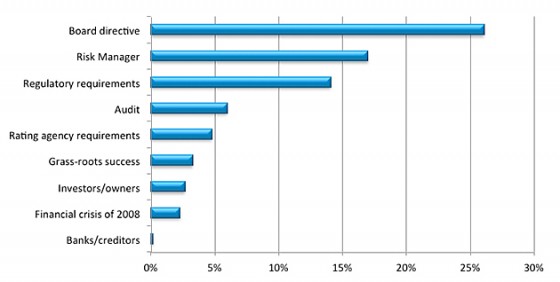 Nearly 68% of likely voters favor extending the Terrorism Risk Insurance Act (TRIA) beyond December 31, 2014 according to a poll released by the Property Casualty Insurance Association of America (PCI).
Nearly 68% of likely voters favor extending the Terrorism Risk Insurance Act (TRIA) beyond December 31, 2014 according to a poll released by the Property Casualty Insurance Association of America (PCI).
The poll asked likely voters various questions relating to TRIA and the economic implications of a terrorist attack. In addition to showing public support for an extension of the TRIA program, the poll clearly shows a belief that the federal government should have some responsibility for the economic losses associated with a terrorist attack. Over 72% of those polled believe that a combination of the federal government and private insurance companies should be responsible for the costs from injuries to workers and property damage in the case of a terrorist attack.
Over 90% believe that protecting against losses from terrorist attacks against the United States should be at least in part a federal responsibility.
Many in the insurance industry, including RIMS, have been arguing in favor of a long term extension of TRIA, but this poll presents the first real evidence that there is a support among the general public as well. “We saw remarkable agreement among voters that the responsibility for the costs from injuries to workers and property damages from a terrorist attack should be shared amongst the federal government and private insurance companies. We also saw a true sense of patriotism, there was no division amongst rural and urban areas. Citizens understand the national economic implications of a terrorist attack and the importance of having a plan in place,” said Marguerite Tortorello, PCI’s senior vice president public affairs.
While the results do seem to bolster the arguments made by TRIA advocates, it does show little public awareness of the program. When asked whether it was true that TRIA was created after 9/11 only 32.7% of those surveyed responded that it was true while 26.7% responded false and 40.5% did not respond. This isn’t too surprising as the public tends to lack awareness of government program specifics. On the positive side, once informed that TRIA was in fact created, 73.2% stated that they supported the decision to create the TRIA program.



